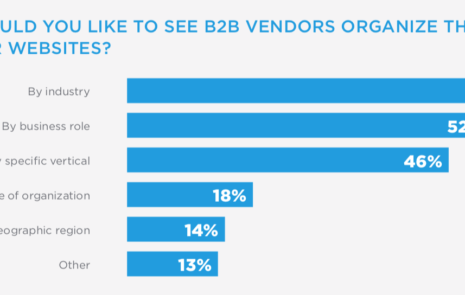
“Example of a company that does content marketing very well?” 4 examples
A marketer from KPMG asked this question in my content marketing workshop. It’s one of the Top 100 Questions about content marketing.
As I work with marketers from many different industries, now is clearly an exciting time to work on content marketing. About 9 out of 10 marketers use content today, Content Marketing Institute research shows.
You can learn a lot from the best practitioners. To shake up your market, look for great ideas from marketers outside your industry – rather than imitating what competitors do.
Here are 4 great examples I found from REI, Google, Lego, and Sweetwater.
REI transformed a holiday into an experience
Create content by creating your own holiday. That’s what REI did with its #OptOutside holiday and content.
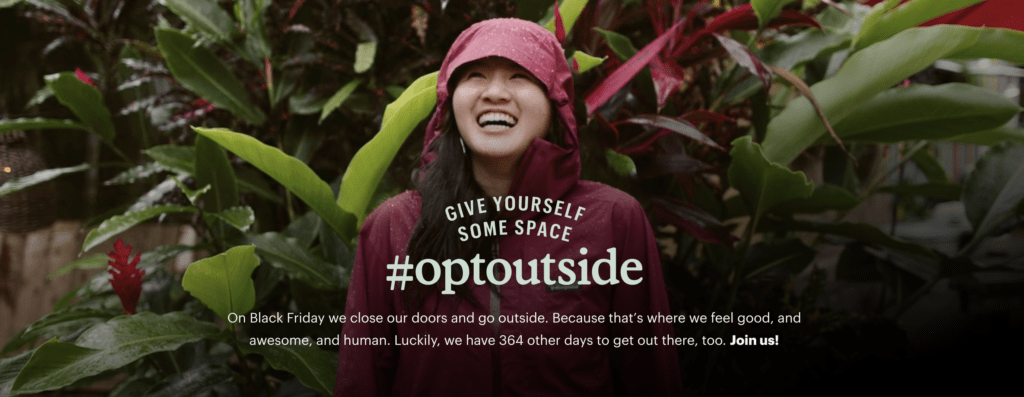
REI chose to close its stores on the day every other retailer builds up to, Black Friday. Then they invited their tribe of outdoor people to spend the day outdoors, encouraging the tribe to do what they want to do anyway.
REI champions the outdoors and celebrates fellow champions, like Quinn Brett.
After a fall in Yosemite that severed her spine, Quinn must use a 3-wheeled cycle to get around outdoors. Now, she’s working to improve backcountry access nationwide for recreationists with disabilities and to update climbing standards across public lands.
What a great hero to celebrate with content!
Now, REI is raising the bar on its suppliers to meet higher product standards. They need to address sustainability, climate change, and inclusion – things that outdoor people really care about. REI’s actions square with its content.
As a kayaker visiting REI, it’s easy for me to find an REI staff member who kayaks and understands just what I’m looking for. I get good guidance, which is crucial.
Although REI did not produce a profit last year, it bravely elected to pay dividends to its members anyhow (the company is structured as a co-op).
REI’s words and actions align, as the best brands do.
Find out what directors really think about CMOS. Google did
Chief marketing officers (CMOs) must sense the target on their backs. The average CMO’s tenure is only 43 months, says Spencer Stuart.
To gain insights about why Google imagined a brilliant project: Ask board members of Fortune 1000 companies what they think about chief marketing officers (CMOs)?
No one’s done this kind of research before. Google brilliantly identified a white space – a gap in research – and created content to fill the vacuum.
Working with Deloitte, Google interviewed 30 board members and recorded more than 100,000 words. Then they used an algorithm to model the topics and employed humans to choose pithy quotes.
They boiled down all these board member interviews into just one paragraph – the ultimate nut graph. And they created a graphic, to sum up what board members expect from CMOs:
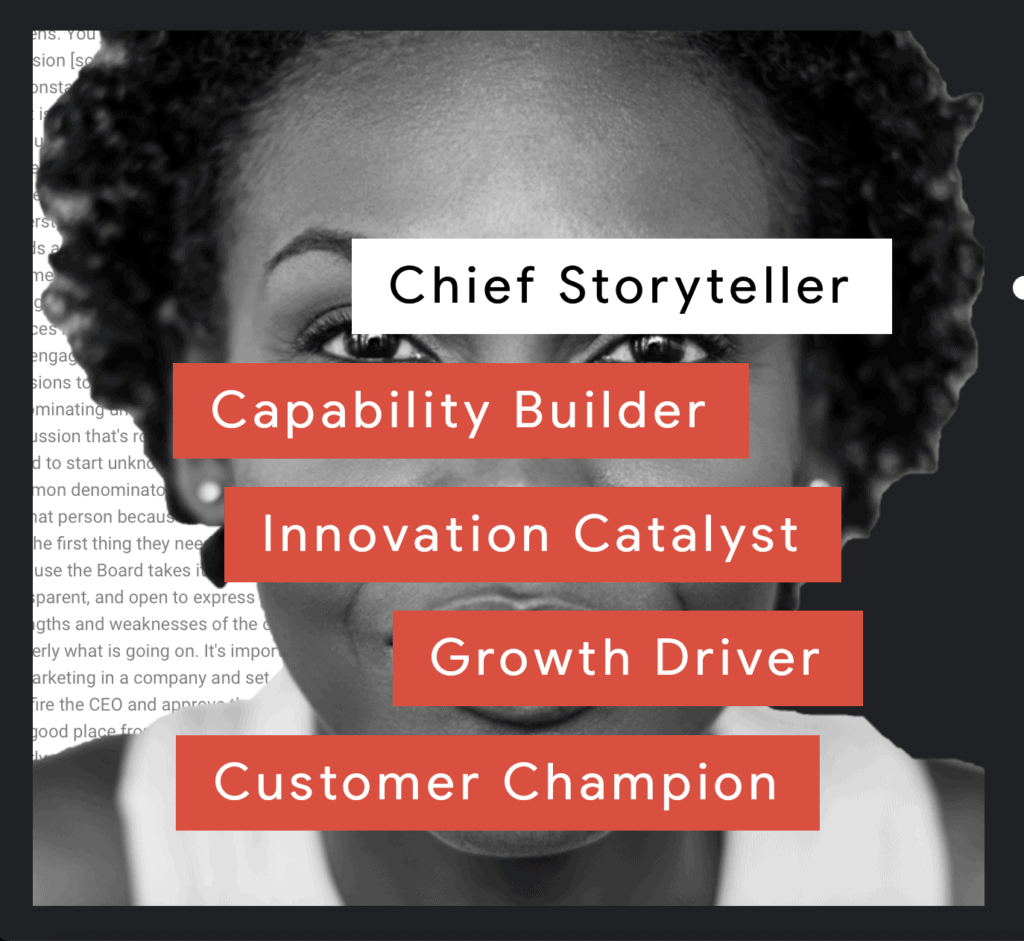
Lego champions users’ inventiveness
Because it comes from third parties, user-generated content (UGC) is much more believable and believed than corporate content.
UGC shares brand stories without selling too hard, ever. The king of UGC is Lego. Lego users create 20 pieces of content for each one the company creates itself.
Not bad for a physical toy company that’s competing in a digital age.
Lego stimulates content creation by sponsoring contests, including its ongoing competition to design new Lego sets. Simply put, customers are not only doing Lego’s marketing, but they’re also competing in contests and even designing new products.
You can choose a contest to compete it. These 3 are open now.
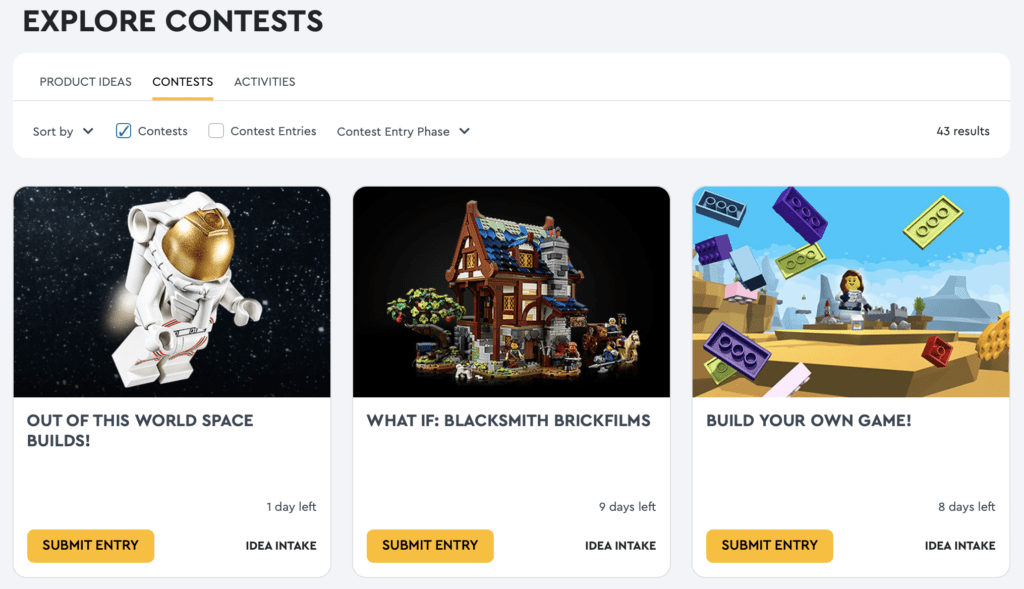
Become a Lego Fan Designer by entering your design here. You’ll get about 2 years to gain 10,000 supporters for your design. The set below, The Village Post Office, is getting close to the finish line.
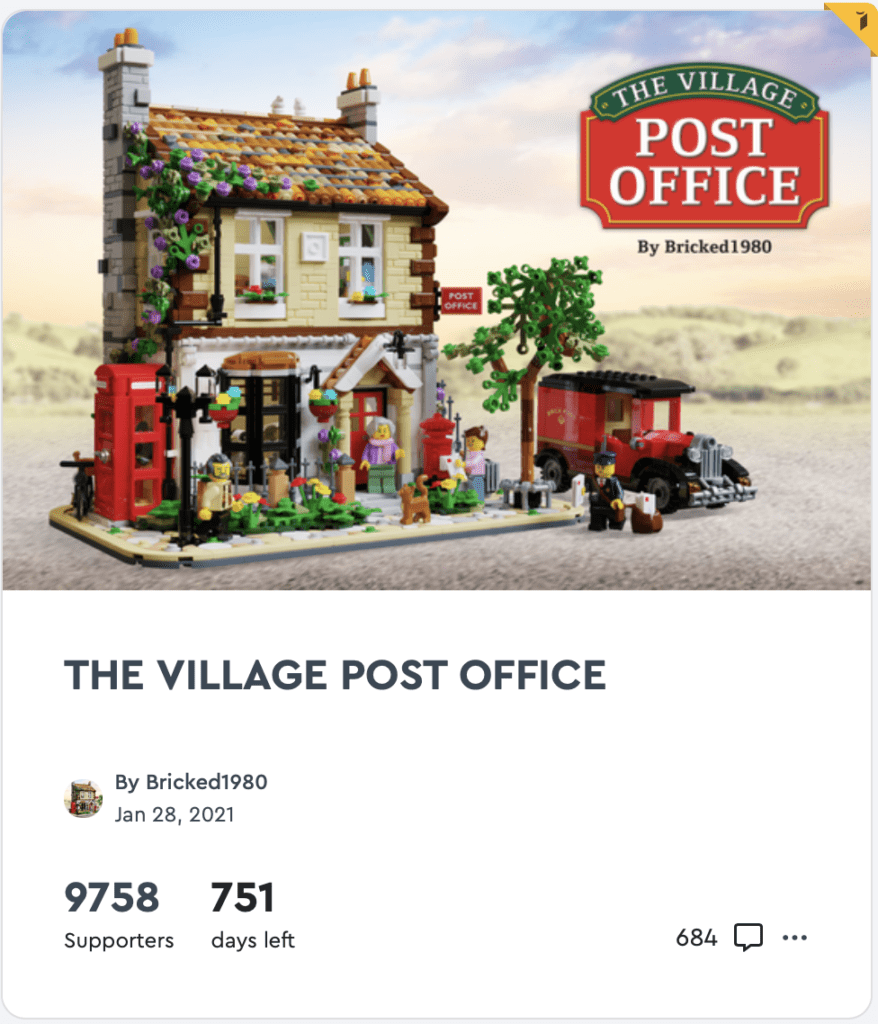
If approved for production, you work with Lego designers to finalize your product. When your Lego design ships, your name’s on the box, and you get a 1% cut.
The sweet sound of a human voice at Sweetwater
Sweetwater offers musical instruments, microphones, studio equipment, everything a musician needs, selling online and by phone.
One thing I love about Sweetwater is that it has effectively integrated the digital and human experience. That’s an integration that many marketers are working on during and after the pandemic.
Imagine being able to talk to a real person about your online order – and reaching the same person every single time you call.
It happens at Sweetwater because they assign a music engineer to each customer. Cody Kraus has been my contact for years.
He’s available to probe my needs, answer questions, help solve problems, offer an opinion, or double-check if there’s a question about my order. Sometimes I call him and sometimes he calls me.
Once your music gear’s delivered, Sweetwater shows how to get the most out of what you’ve bought by delivering rich content experiences – virtual and live.
For example, Sweetwater offers free “Live at Lunch” programs with singer-songwriters like Brady Lee and Hunter Wainscott. It hosts a two-day live recording workshop.
It offers bimonthly group meet-ups for DJs and podcasters. Its live workshops and performances will resume post-pandemic.
Content that establishes common ground to unify their tribes
These brands – REI, Google, Lego, and Sweetwater – all create content that establishes common ground to unify their tribes of outdoor people, marketers, toy lovers, and musicians.
Their content encompasses a safe space where customers know they will work with people like themselves. People who try to help, teach and share rather than sell.
Talk about the superpower of empathy! Once these brands form bonds with their tribes, there’s no reason for customers to go anywhere else.
All of this answers an implicit question that wasn’t asked: “How to maximize customer loyalty with compelling content marketing and customer experiences?”
You can learn a lot from companies that do content marketing very well.
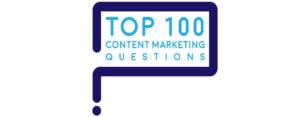
“Example of a company that does content marketing very well?” is one of the Top 100 Questions on Content Marketing. Here are the answers.


